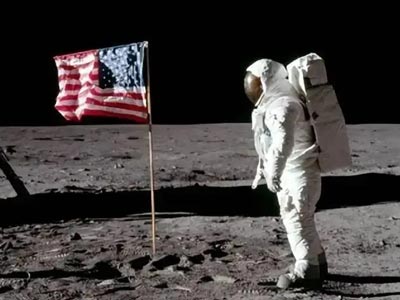The once-bustling China-US trade channel has now become a dry river. The warmth of "you in me, I in you" slowly cooled as the tariff wall was erected layer by layer, until it finally returned to zero.
The 125% tariff is not just a number; it's a blunt knife, severing one of the world's most important bilateral trade relationships. Now, standing at this crossroads, China and the United States face only two options: continue the head-on confrontation or settle down.
The problem is that behind this seemingly volatile tariff war, the global economic order is being rewritten. So, between China and the US, is there a third possibility?
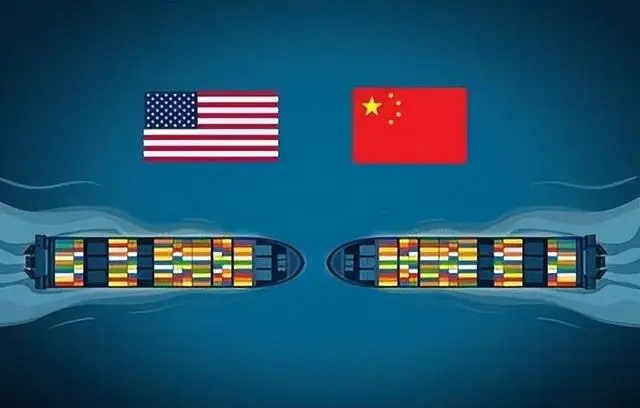
The US itself can't handle it anymore.
When the US government raised tariffs to 125%, it sent a signal to the world that China would pay the price. Unexpectedly, this tariff wall blocked not only Chinese goods but also trapped America's own food, raw materials, and industrial products in warehouses.
The first to collapse was American agriculture. Export industries like soybeans, corn, and meat, which had long relied on the Chinese market, suddenly lost their largest customer, causing inventories to surge and prices to plummet.
While the government implemented subsidy programs, these were a drop in the bucket and could not compensate for the loss of orders. Farmers could grow but couldn't sell; without a market, no amount of subsidies would only delay bankruptcy.
The manufacturing industry was not much better off. Raw materials were unable to enter, causing costs to soar; products could not be shipped, causing orders to decline. Profit margins for US domestic manufacturing were already slim, and this hurdle further exacerbated the situation.
Many small and medium-sized enterprises already survive on thin margins, and this cost shock is like a blow to the head. Some are reducing production, laying off employees, and even closing down altogether.
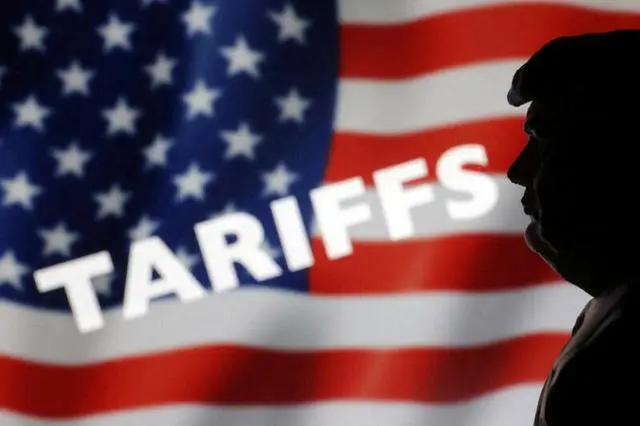
The deeper issue is that this trade conflict has disrupted the once stable global supply chain. Many American companies, which once relied on the efficiency brought by globalization, have now become even more vulnerable due to forced "localization."
Alternatives are either prohibitively expensive or inefficient. As a result, American companies have lost their price advantage and competitiveness.
At home, consumers haven't gotten any better either. Product prices are rising, choices are shrinking, and the cost of living is increasing. This isn't simply an economic issue; it's having a real impact on the lives of ordinary people.
Even those who once supported the tariff policy are beginning to hesitate. Is this fight really worth it?
The world is no longer revolving around the United States.
Unlike the United States, which has fallen into a state of "self-isolation," other countries, particularly in Asia and the "Global South," are quietly accelerating their pace. Global trade hasn't stalled with the decoupling of China and the United States; instead, it has found new paths through realignment. In the face of US pressure, China didn't choose a head-on confrontation. Instead, it quickly adjusted its direction, shifting resources and attention to other markets. Trade ties between Asian countries have intensified, and regional supply chains are gradually taking shape.
Exporters that once relied on the US market are now increasingly turning their attention to emerging regions with enormous growth potential, such as Southeast Asia, Africa, and Latin America.
Africa, Latin America, and the Middle East are no longer simply suppliers of raw materials; they are now emerging as new consumer markets and industrial partners.
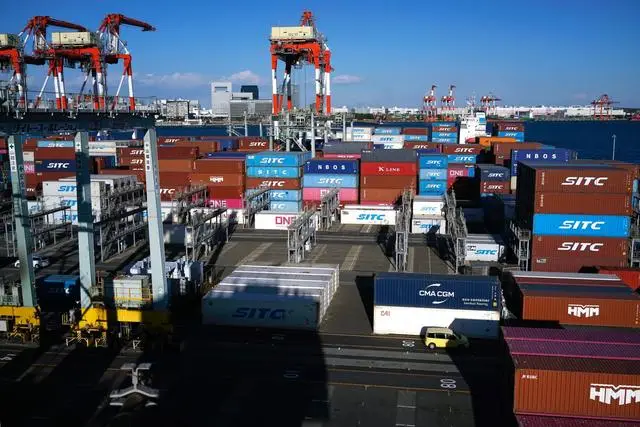
China's economic and trade exchanges with these regions have become more frequent, and many companies have shifted their focus from expanding overseas to Europe and the US to South-South cooperation. This shift has significantly reduced its dependence on the US and enabled China to occupy a more stable position in the global economy.
At the same time, the US's global influence has been quietly declining. Its economic dominance, once maintained by strong policies, is now being eroded by its own unilateralism.
Other countries are beginning to realize that they cannot put all their eggs in the US basket. Diversification and risk reduction have become the new normal.
China, on the other hand, has demonstrated remarkable adaptability at the policy level in the face of a complex external environment. On the one hand, we must stabilize traditional markets, while on the other, we must explore emerging markets, promote high-quality development, and maintain export resilience.
This shift from "unilateral dependence" to a "multi-faceted layout" is precisely the key to stabilizing China's foreign trade fundamentals amidst adversity.
The global trade chessboard has been re-set, and the positions of the players are quietly shifting. The United States intended to use tariffs to achieve absolute dominance, but it unexpectedly forced a new, more diverse and flexible global economic landscape.
In other words, the world is no longer revolving around the United States.
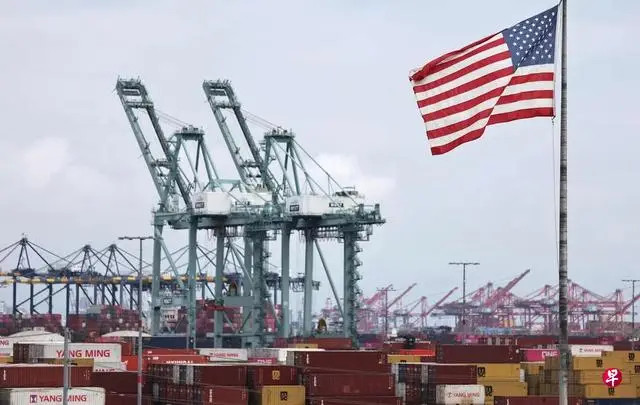
Confrontation or Cooperation, No Middle Ground
It is now difficult to describe the relationship between China and the United States as "detente." While there was room for maneuver in the past, there are now only two options: either continue the confrontation and completely decouple, or suspend the conflict and explore possibilities for cooperation. There is no ambiguity, and no third way.
What does continued confrontation mean? It means further fragmentation of everything from industrial chains to capital flows. A complete severance of economic ties between the two countries would not simply result in zero trade figures, but would trigger a structural restructuring.
Global supply chains will be forced to restructure, businesses will face greater uncertainty, and investment confidence will be significantly weakened.
Furthermore, confrontation does not bring stability. The US hopes to force manufacturing back to China through high tariffs, but the reality is that many companies are reluctant to return to their home countries, where costs are higher and labor is more scarce.
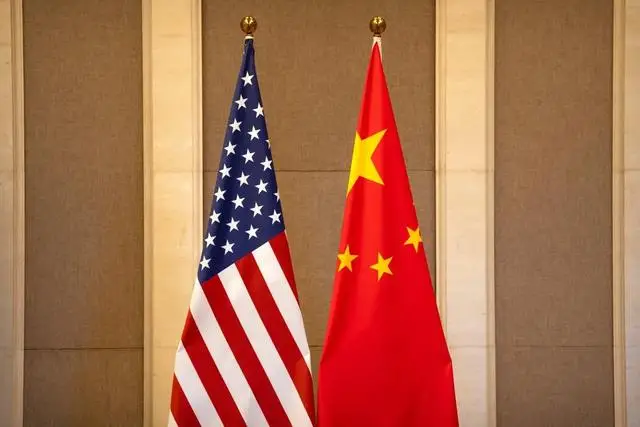
Even if China can turn to other markets, it will take time to adapt to new consumption patterns and regulatory frameworks. This decoupling will be not only painful but also extremely costly.
By contrast, while cooperation is not easy, it at least provides a buffer. If both sides can reach consensus in certain areas, even with phased tariff adjustments, it can provide an opportunity to restore market confidence.
This kind of cooperation is not a concession, but a practical necessity. Of course, cooperation presupposes mutual trust, which is precisely what is currently lacking.
Past experience makes it difficult to be optimistic: agreements have been signed and then broken, statements issued and then reversed. China has consistently emphasized that dialogue must be based on equality and that pressure cannot be applied while negotiations are ongoing.
In contrast, the US, in its domestic political game, has tied its China policy to votes, resulting in repeated policy swings.
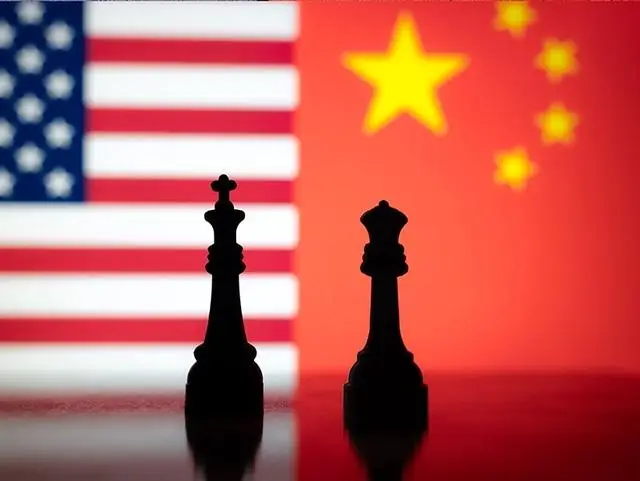
But regardless, reality is stark. The consequences of confrontation are becoming increasingly clear, while the window for cooperation is shrinking. If no choice is made, the next step may not be a "zero trade" but a "freeze."
The relationship between China and the United States is not just a matter between the two countries; it is also a barometer of global economic stability.
Today's trade zero trade is not a simple economic storm, but a comprehensive struggle between two superpowers over power, rules, and interests. But after a prolonged struggle, there must be a result.
Continuing to fight will incur costs for both sides; sitting down and talking may offer room for maneuver. This is not a question of who gives in, but rather how to find a way to coexist.
The world economy is entering a new phase of multipolarization. Whether China and the United States can find a new role in this process will determine the landscape for decades to come.
The once golden channel has closed; the question now is who is willing to open a new path first. The next step in the China-US relationship is bound to be difficult, but someone must provide the answer. And that answer belongs not only to China and the United States, but also to the world.


